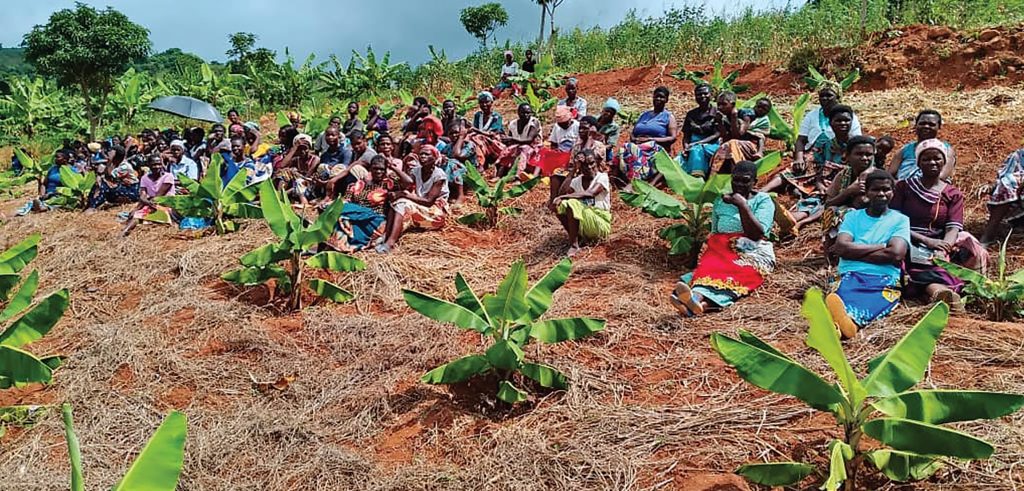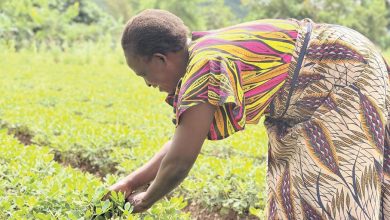Banana industry rise again
Henry Makungwa remembers the day his banana field was decimated by viral bunchy top disease which left Malawi’s vibrant plantations shrinking and under siege.
“We lost everything when the disease hit. From that moment, nothing was the same,” he says.

The farmer from Mwafunga Village, Traditional Authority Khwethemule in banana-growing district of Thyolo is one of over 200 000 farmers whose livelihoods were disrupted at the peak of the outbreak in 2016.
Entirely dependent on banana farming, he was left with no income.
The Banana Growers Association of Malawi estimates the lost yield lowered between 70 and 90 percent in its first season.
In subsequent years, many farmers like Makungwa harvested nothing.
He switched to cowpeas, vegetables and cassava though they did not match earnings from banana sales.
“We tried to replant using suckers from each other, but they were already infected and every season ended in disappointment,” says the farmer.
In 2024, the Centre for Agricultural Transformation (CAT), funded by National Bank of Malawi (NBM) plc, launched a banana revival project in Thyolo and Mulanje.
Makungwa says:“They gave us clean, disease-free plantlets and trained us in recommended planting methods and disease prevention. It gave us hope again.”
According to CAT executive director Macleod Nkhoma, the K90 million initiative aims to help 600 farmers adopt climate-smart agriculture and restore banana farming for improved livelihood.
“We want to boost productivity, enhance market access and build resilient livelihoods for smallholder farmers.”
In Thyolo, the project is underway in Molere Section under Masambanjati extension planning area while in Mulanje, it covers Thabwa section.
About 160 farmers have received 2 150 plantlets and over 289 participated in a banana management training.
There are 570 demonstration plots in Thyolo and 191 in Mulanje.
CAT has also partnered with HetNet to supply tissue-cultured plantlets that are disease-free and high-yielding.
“We are working with cooperatives and lead farmers to reach every banana farmer in the two districts,” Nkhoma says.
Banana is Malawi’s fourth-ranked staple after maize, rice and cassava.
For decades, Thyolo and Mulanje were the country’s top banana producers, supplying Blantyre, Lilongwe and Zomba cities.
But the bunchy top disease, first detected in Nkhotakota in 1995, gradually spread and decimated production.
By 2016, local supply had collapsed, forcing traders to import bananas from Mozambique and Tanzania—a costly and unsustainable alternative.
According to Mwapata Institute, Malawi produces about 200 000 metric tonnes—two-fifth of the harvest before the outbreak.
NBM accounts relationship manager Jones Kamata says improved banana production improves household income the economy.
He envisions the demonstration plots supporting more farmers get disease-free planting materials to establish more banana farms and improve their incomes.
“We see more farmers producing bananas and getting more returns and they will be making deposits with the bank” says Kamata. “With CIAT expertise and networking, we know that our contribution will lead to some better results. With the lessons drawn from here, we may scale up our support to benefit more farmers beyond the two districts”.
The bank is also supports value chains in tobacco, macadamia, sugarcane and certified seed production to help subsistence farmers graduate into commercial farming, one of the pillars of the Malawi 2063 ambition to turn Malawi into a self-reliant, industrialised middle-income economy by the centenary of self-rule.





